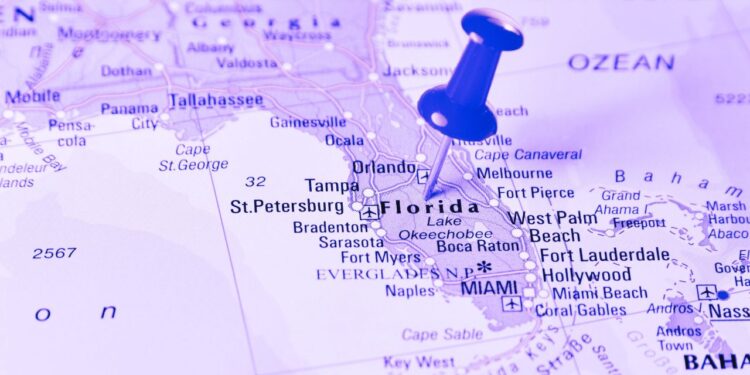What’s going on:
A $100 billion transfer in wealth shows how southeastern states are having more of an influence on the country’s economy. For the first time since the 1990s, six southern states are contributing more to the national GDP than the Washington-New York-Boston corridor, according to Bloomberg. Reportedly, over 2.2 million people have moved to the region in just over two years. A significant portion of this mass migration, in regard to the transfer of wealth to the sunbelt, took place during the Covid-19 pandemic — and this trend shows little-to-no signs of stopping.
Bloomberg reports that the Southeast accounted for more than two-thirds of all job growth across the U.S. since early 2020, almost doubling its pre-pandemic numbers. The data shows that the region is expanding fast with it recording 10 out of the 15 fastest-growing large cities in the country.
Why it matters:
The mass migration and transfer of wealth is representative of an abundance of new opportunities in southeastern states for those searching in the labor market. The increased cost of living and rent hikes in relation to high-interest rates has most likely played the biggest factor in professionals moving out of the northeastern corridor. However, Sunbelt metro areas that have exploded with growth, like Austin, TX, are now facing the challenge of maintaining the cheaper costs that have attracted so many to the region, according to Bloomberg.
How it’ll impact the future:
The influx of wealth is likely to fuel innovation and entrepreneurship, generating opportunities for startups and small businesses as well as professionals looking for new opportunities. This in turn can lead to a more vibrant and diverse business ecosystem. However, there may be challenges related to income inequality and housing affordability as the region experiences continued growth. Policymakers and communities will likely need to address these issues to ensure the region maintains an inclusive and sustainable workforce.


 Dr. Gleb Tsipursky – The Office Whisperer
Dr. Gleb Tsipursky – The Office Whisperer Nirit Cohen – WorkFutures
Nirit Cohen – WorkFutures Angela Howard – Culture Expert
Angela Howard – Culture Expert Drew Jones – Design & Innovation
Drew Jones – Design & Innovation Jonathan Price – CRE & Flex Expert
Jonathan Price – CRE & Flex Expert











